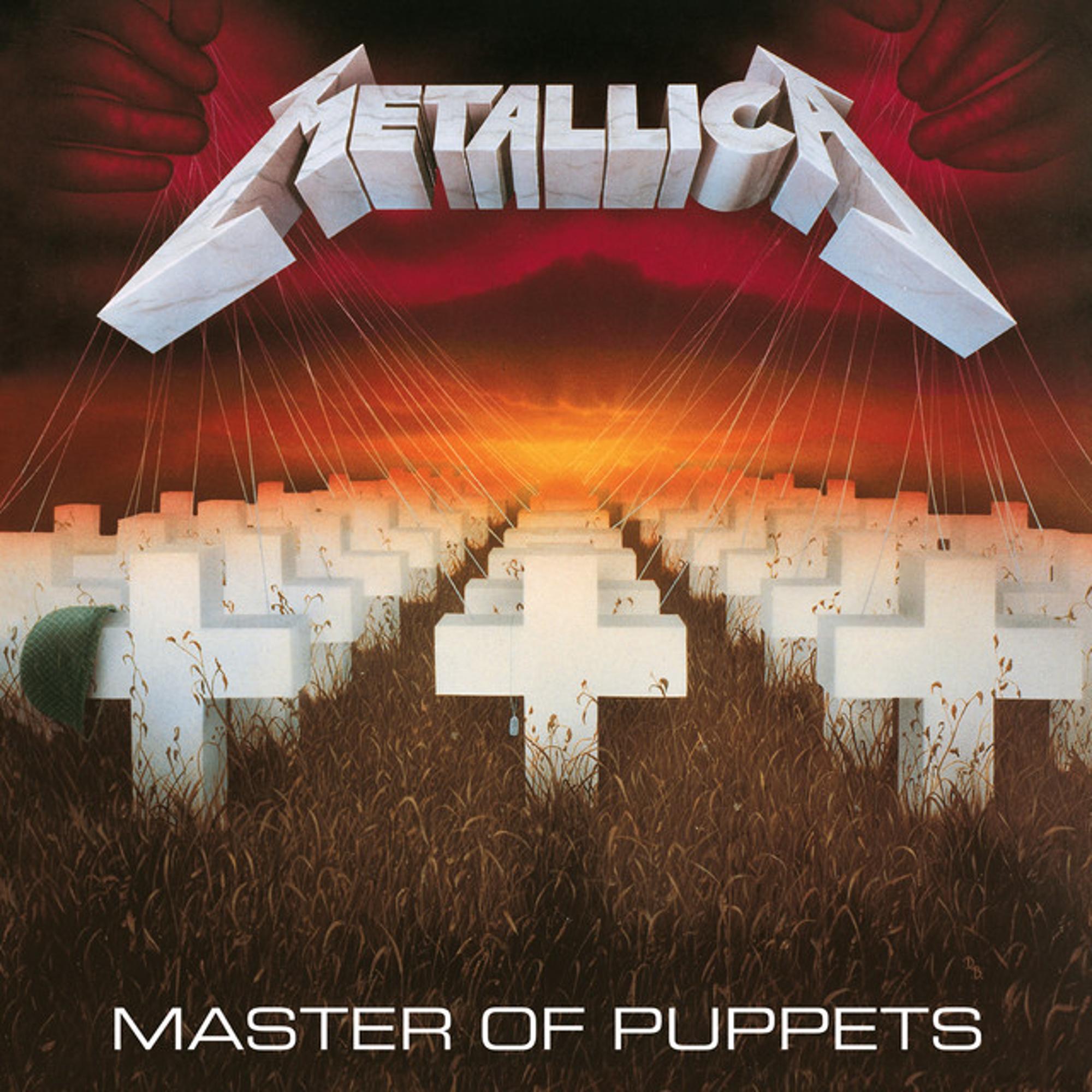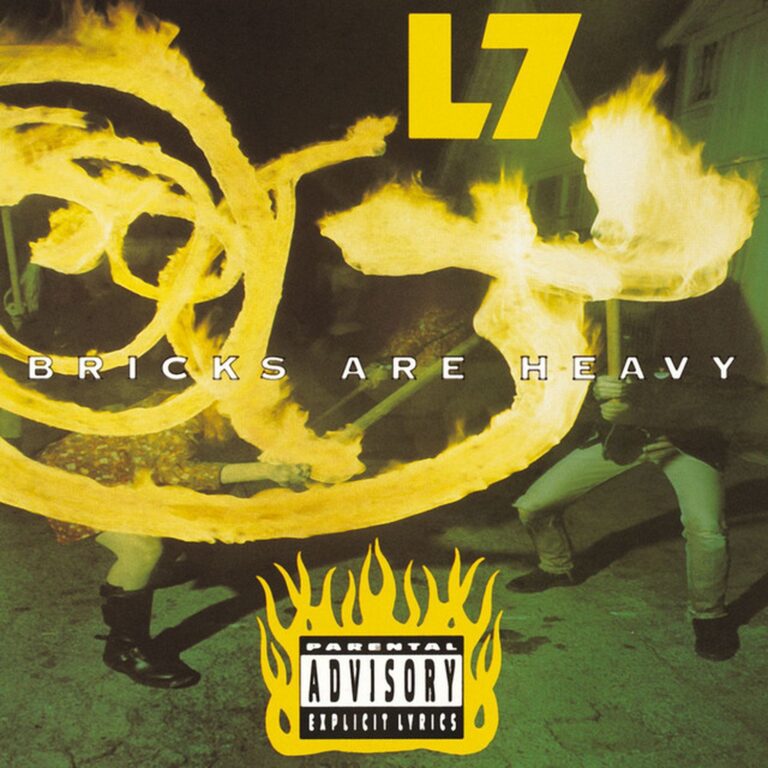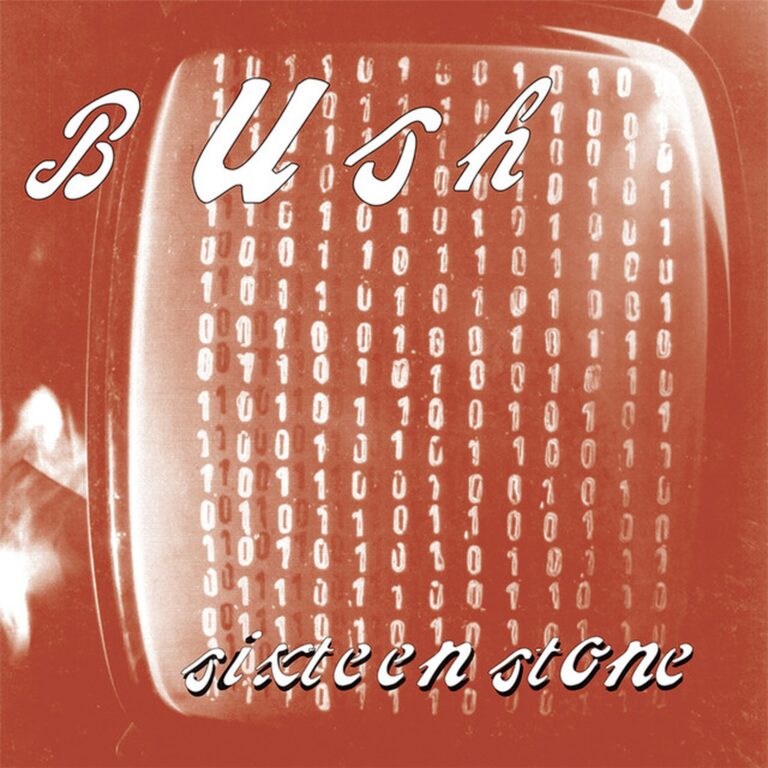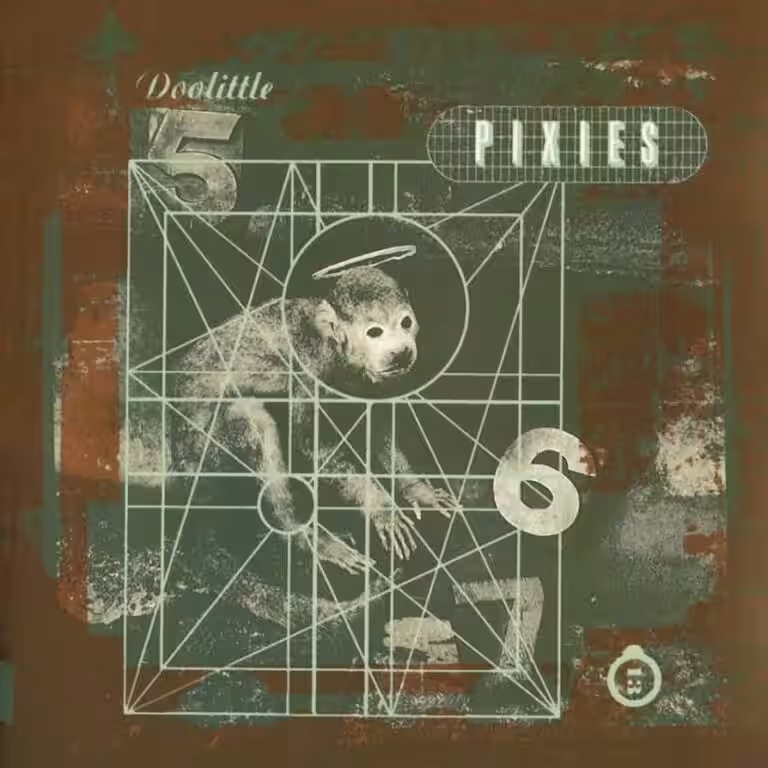
Introduction
Some albums shape more than a genre—they become a force that transforms music and culture. Master of Puppets by Metallica is one of those rare records. Released in 1986, it pushed thrash metal to new creative and commercial heights. Even now, its impact still ripples through the music world. In this article, I will take you deep into every aspect of Master of Puppets: from its origins and recording, to its themes, tour, influence, and legacy. You will find stories, facts, quotes, and insights that go far beyond the surface. If you want the full story behind this monumental album, you’re in the right place.
This article covers the album’s background, the band’s evolution, the technical side of the recording, its critical and commercial reception, detailed track analysis, the stories behind the lyrics, the legendary tour, and its far-reaching legacy. You’ll also discover how Master of Puppets changed heavy music in 1986, its influence on other artists, and five remarkable facts you may not know. I’ll even explore its use in film and TV, how critics have re-evaluated it, and what happened to Metallica after its release. By the end, you’ll see why Master of Puppets remains a touchstone in music history.
| Attribute | Details |
|---|---|
| Release date | 3 March 1986 |
| Album title | Master of Puppets |
| Genre | Thrash metal, progressive metal |
| Total runtime | 54:52 |
| Number of tracks | 8 |
| Record label | Elektra Records |
| Recording studio | Sweet Silence Studios, Copenhagen, Denmark |
| Producer(s) | Flemming Rasmussen, Metallica |
Master of Puppets was not just a milestone for Metallica; it became the first thrash metal album to achieve platinum status in the United States. It was also the last album to feature bassist Cliff Burton, whose death in a tragic bus accident cut short a career already filled with promise. The album’s title track has been called “one of the heaviest metal songs ever recorded” (Rolling Stone, 1986). As James Hetfield told Thrasher Magazine in 1986, “We wanted to make an album that would leave people stunned. We wanted it to be the most powerful thing we’d ever done.”
Cliff Burton’s father, Ray Burton, once said, “Cliff always felt that Master of Puppets was his finest work. He poured his soul into it.” Peer musicians have echoed this view. Dave Mustaine of Megadeth, who played with Metallica in their early days, described it as “the album that set the bar for everyone else” (Guitar World, 2016).
Now, let’s journey back to where it all began.
The Genesis of “Master of Puppets”
To understand how Master of Puppets came to be, you have to step into the mid-1980s. Heavy metal was growing fast, but it was also at a crossroads. Glam metal dominated MTV, while underground bands in America and Europe pushed music to darker, heavier, and faster extremes. Metallica stood at the front of this movement, blending aggression with complexity and ambition.
Before Master of Puppets, Metallica had already built a loyal following. Their debut, Kill ‘Em All (1983), set a new standard for speed and energy. Ride the Lightning (1984) showed the band could write more sophisticated songs with varied moods and deeper lyrics. By 1985, Metallica had signed with Elektra Records and played to crowds of tens of thousands, including a spot at the Monsters of Rock festival.
Writing for Master of Puppets began in the summer of 1985. James Hetfield and Lars Ulrich took the lead, piecing songs together from tapes of guitar riffs. Kirk Hammett and Cliff Burton made key contributions, with Burton’s classical training adding layers to the arrangements. There were no guest artists, but the group’s tight chemistry shaped every track. As Kirk Hammett later recalled, “We were hungry. We were pushing ourselves harder than ever before.” (Guitar World, 2017)
The band members and their roles are listed below:
| Band Member | Instrument/Role |
|---|---|
| James Hetfield | Vocals, rhythm guitar, guitar solos (“Master of Puppets” first solo, “Orion” second solo) |
| Lars Ulrich | Drums, percussion |
| Kirk Hammett | Lead guitar |
| Cliff Burton | Bass, backing vocals, arrangements |
Financing the album was a leap of faith. Elektra Records provided a larger budget than before, but Metallica still watched every penny. The total budget was about $30,000, much of it spent on travel to Denmark and long hours in the studio. According to Lars Ulrich, “We knew we had to make this one count. There wasn’t room for mistakes.” (Classic Albums, 2001)
The album’s title reflects its main theme: control. Hetfield explained in a 1986 interview with Thrasher Magazine, “Master of Puppets is about how things get switched around—how instead of you controlling what you’re doing, it ends up controlling you.” The artwork, designed by Metallica and manager Peter Mensch and painted by Don Brautigam, shows white crosses in a cemetery manipulated by strings from above, symbolising the loss of freedom. The image has become one of the most recognisable in heavy music.
Master of Puppets was the last Metallica album with Cliff Burton. His influence is everywhere, especially on the instrumental “Orion.” As well as that, the band chose to record in Denmark, far from the commercial studios of Los Angeles, to avoid distractions and stay focused. The result was a sound both raw and refined—unlike anything else at the time.
Recording Process
Recording Master of Puppets was a test of skill, patience, and ambition. The band entered Sweet Silence Studios in Copenhagen on 1 September 1985. Sessions stretched until 27 December. They worked with producer Flemming Rasmussen, who had produced Ride the Lightning. Rasmussen was chosen for his ability to capture power without sacrificing clarity. He had previously worked with Danish rock bands and understood how to bring out the best in a heavy group.
Rasmussen’s role went beyond producing. He helped arrange songs, dial in guitar tones, and push the band to perfect every take. The engineering team included Andy Wroblewski (assistant engineer) and Michael Wagener (mixing), with Mark Wilzcak as assistant mixing engineer. The band arrived with well-rehearsed demos, but they were not afraid to spend days refining drum sounds or re-recording guitar parts. Mixing was finished in January 1986, with a focus on punchy drums and tight, layered guitars.
The studio setup was both classic and innovative. Below is a table of the main hardware and gear used during the sessions, based on available sources and period-typical studio equipment:
| Hardware/Instrument | Details |
|---|---|
| Guitars | James Hetfield: Jackson King V (“Kill Bon Jovi”), Gibson Explorer; Kirk Hammett: 1974 Gibson Flying V, Jackson Randy Rhoads, Fernandes Stratocaster copy |
| Bass | Cliff Burton: Aria Pro II SB1000 |
| Amps | Mesa Boogie Mark IIC+ (main rhythm and lead), slaved into Marshall JCM800; Roland JC-120 (clean parts) |
| Drums | Lars Ulrich: Tama drums, Ludwig Black Beauty snare (borrowed from Rick Allen of Def Leppard) |
| Microphones | Shure SM57, B&K (DPA) 4006, AKG Gold Tube mic (multi-mic setup for guitars) |
| Mixing Desk | Trident A-Range console |
| Effects/Outboard | BB/Aphex EQF-1 equalizer, Quantec QRS Room Simulator (for guitar ambience), minimal use of pedals |
| Other Techniques | Multiple guitar takes, tight palm muting, down-picking, layering of rhythm guitars, live tracking of drums |
Most of this gear has been confirmed by interviews with James Hetfield, Kirk Hammett, and Flemming Rasmussen (see Boost Guitar Pedals and Mixdown Magazine for details). The unique “scooped” guitar tone came from a combination of amp settings, EQ, and careful mic placement. For clean sections, the Roland JC-120’s chorus effect was used. The studio’s Trident desk added warmth and punch to the mix.
There were challenges, too. The band wanted to avoid the slick, overproduced sound of mainstream 1980s metal. They kept things raw, recording most rhythm parts in single takes. They also stayed sober throughout the sessions, determined to stay focused. According to Lars Ulrich, “We wanted it to sound big but real. No tricks.” (Classic Albums, 2001)
Flemming Rasmussen’s discography includes several important albums. Here’s a table of albums he produced, excluding Master of Puppets:
| Producer | Artist | Album | Year |
|---|---|---|---|
| Flemming Rasmussen | Metallica | Ride the Lightning | 1984 |
| Flemming Rasmussen | Metallica | …And Justice for All | 1988 |
| Flemming Rasmussen | Artillery | Terror Squad | 1987 |
| Flemming Rasmussen | Morbid Angel | Covenant | 1993 |
| Flemming Rasmussen | Blind Guardian | Imaginations from the Other Side | 1995 |
Rasmussen’s experience with Metallica’s earlier work gave him the confidence to help the band aim higher. The sessions were demanding, but the result was a record that still sounds powerful nearly forty years later.
Commercial Performance and Reception
Master of Puppets arrived in shops on 3 March 1986. The response was immediate and overwhelming. In the United States, the album debuted at number 128 on the Billboard 200 and peaked at number 29, spending 72 weeks on the chart. It sold 300,000 copies in its first three weeks—without radio play or music videos. Within a year, it had moved over 500,000 units. As of 2023, it has sold nearly 8 million copies in the US alone (RIAA).
Internationally, Master of Puppets reached the top 5 in Finland, top 15 in Sweden, top 40 in Australia, Norway, and the UK, and number 4 in Germany. The album has been certified platinum or multi-platinum in several countries, including 7x platinum in the US, 6x platinum in Canada, and platinum in the UK. In 2015, it became the first metal album chosen for preservation by the US Library of Congress National Recording Registry.
Below is a table of Metallica’s studio albums, with sales data where available:
| Album | Year | Sales Data |
|---|---|---|
| Kill ‘Em All | 1983 | 3,100,000 |
| Ride the Lightning | 1984 | 4,800,000 |
| Master of Puppets | 1986 | 7,980,000 |
| …And Justice for All | 1988 | 5,890,000 |
| Metallica (The Black Album) | 1991 | 17,810,000 |
| Load | 1996 | 5,200,000 |
| Reload | 1997 | 4,100,000 |
| St. Anger | 2003 | 2,300,000 |
| Death Magnetic | 2008 | 2,200,000 |
| Hardwired… to Self-Destruct | 2016 | 1,100,000 |
| 72 Seasons | 2023 | Not reported |
Master of Puppets won numerous awards and accolades. It was ranked #97 in Rolling Stone’s 2020 list of the 500 Greatest Albums of All Time and #2 in their 100 Greatest Metal Albums of All Time (2017). In 2015, the album was added to the National Recording Registry. The title track has become Metallica’s most-performed live song.
In 1986, other heavy music albums made waves. Notable releases include:
- Reign in Blood by Slayer
- Peace Sells… But Who’s Buying? by Megadeth
- Somewhere in Time by Iron Maiden
- The Ultimate Sin by Ozzy Osbourne
- Orgasmatron by Motörhead
- Turbo by Judas Priest
- Night Songs by Cinderella
- Slippery When Wet by Bon Jovi
Master of Puppets received platinum or multi-platinum certification in the US, Canada, Australia, Germany, and the UK. It also won critical praise from Rolling Stone, Kerrang!, and Guitar World. The album’s selection for the National Recording Registry underlines its cultural significance.
Heavy music in 1986 was defined by more than just Metallica. Slayer’s Reign in Blood became known as the heaviest album of all time, while Megadeth’s Peace Sells… But Who’s Buying? raised the bar for technical thrash. Iron Maiden’s Somewhere in Time brought progressive ideas to metal, and Bon Jovi’s Slippery When Wet broke into the mainstream. 1986 also saw the launch of Metal Hammer magazine and the tragic death of Thin Lizzy’s Phil Lynott. The first issue of Metal Hammer signalled the growing influence of heavy music worldwide.
Track Analysis
Master of Puppets produced one official single: “Master of Puppets,” released on 2 July 1986. The album’s eight tracks cover a wide range of themes, from addiction and control to war, madness, and violence. All songs were written by Hetfield, Ulrich, Hammett, and Burton, except where noted.
The table below lists each song, its length, and writing credits. Singles are marked with a *.
| Track Name | Length | Writing Credit |
|---|---|---|
| Battery | 5:13 | Hetfield, Ulrich |
| Master of Puppets* | 8:36 | Hetfield, Ulrich, Burton, Hammett |
| The Thing That Should Not Be | 6:37 | Hetfield, Ulrich, Hammett |
| Welcome Home (Sanitarium)* | 6:28 | Hetfield, Ulrich, Hammett |
| Disposable Heroes | 8:17 | Hetfield, Ulrich, Hammett |
| Leper Messiah | 5:40 | Hetfield, Ulrich |
| Orion | 8:28 | Hetfield, Ulrich, Burton |
| Damage, Inc. | 5:33 | Hetfield, Ulrich, Burton, Hammett |
Note: “Master of Puppets” and “Welcome Home (Sanitarium)” were released as singles. “Master of Puppets” reached #35 on the UK Singles Chart. “Welcome Home (Sanitarium)” was a promotional single in some territories.
Song Meaning and Lyrics
Every track on Master of Puppets carries a strong message. The two singles—“Master of Puppets” and “Welcome Home (Sanitarium)”—stand out for their depth and power. The title track, according to James Hetfield in Thrasher Magazine (1986), is “about drugs, and how instead of you controlling them, they end up controlling you.” The song uses vivid metaphors: “Master of puppets, I’m pulling your strings / Twisting your mind and smashing your dreams.” The lyrics describe addiction as a demonic force that manipulates and destroys lives. As analysed by Taras Priadka (Medium), the laughter at the end of the song symbolises the triumph of addiction over the individual, echoing the broader social crisis of the 1980s drug epidemic.
“Welcome Home (Sanitarium)” draws inspiration from Ken Kesey’s novel One Flew Over the Cuckoo’s Nest. The lyrics tell the story of a patient trapped in a mental institution, using the setting as a metaphor for society’s control over individuals. Lines such as “They keep me locked up in this cage / Can’t they see it’s why my brain says rage?” explore themes of alienation and rebellion. The song’s shifting dynamics, from gentle arpeggios to crushing riffs, mirror the character’s descent into madness and struggle for freedom (Genius Lyrics).
Other songs explore war (“Disposable Heroes”), religious exploitation (“Leper Messiah”), cosmic horror (“The Thing That Should Not Be”), and violence (“Damage, Inc.”). The instrumental “Orion” showcases Cliff Burton’s bass, with layered melodies and orchestral touches. Collaboration between band members was close-knit, with Hetfield and Ulrich writing most lyrics, Hammett providing solos and riffs, and Burton arranging complex harmonies. No guest artists appear on the album.
Touring and Promotion of Master of Puppets
Promotion for Master of Puppets broke with tradition. Instead of releasing singles and music videos, Metallica hit the road. The Damage, Inc. Tour began in March 1986. The band opened for Ozzy Osbourne in the US, playing arenas and exposing new audiences to their sound. They performed more than 140 shows across North America, Europe, and Asia. Setlists featured “Battery,” “Master of Puppets,” “Welcome Home (Sanitarium),” and “Damage, Inc.” as staples.
The tour was relentless. Metallica played the Monsters of Rock festival, supported by Anthrax in Europe, and headlined their own shows. Notable performances included the Manchester Apollo on 17 September 1986—one of Cliff Burton’s final gigs. The band’s live reputation grew, with fans praising their energy and precision. According to a review by Barry Purdy (LifeLockedIn), Cliff Burton’s bass solo left a lasting impact on those in attendance.
During 1986, Metallica toured with Ozzy Osbourne, Anthrax, and other rising metal acts. The tour was also marked by tragedy. On 27 September 1986, the band’s bus crashed in Sweden, killing Cliff Burton instantly. His death stunned the music world and forced the band to regroup. Jason Newsted joined as bassist for the remainder of the tour. The loss of Burton changed the band forever, but the tour cemented Master of Puppets as a live powerhouse.
Influences and Legacy
Master of Puppets was shaped by a wide range of influences. Metallica drew from the New Wave of British Heavy Metal (Iron Maiden, Judas Priest, Motörhead), classic rock (Black Sabbath, Deep Purple), and punk (Misfits, Discharge). Cliff Burton’s love of classical music inspired the album’s intricate arrangements and harmonies. Kirk Hammett has cited Black Sabbath’s Sabotage as a key influence, especially the riff from “Symptom of the Universe” (Ultimate Guitar).
At the same time, Master of Puppets has influenced countless artists. Thrash bands like Slayer, Megadeth, Anthrax, and Testament have cited it as a benchmark. Its reach extends to alternative, progressive, and even mainstream acts. Bands such as Avenged Sevenfold, Slipknot, and Gojira have acknowledged its impact on their music.
The table below summarises the key influences and those influenced by Master of Puppets:
| Influences on “Master of Puppets” | Artists Influenced by “Master of Puppets” |
|---|---|
| Black Sabbath | Slayer |
| Iron Maiden | Megadeth |
| Judas Priest | Anthrax |
| Motörhead | Testament |
| Deep Purple | Avenged Sevenfold |
| Misfits | Slipknot |
| Classical composers (Bach, Beethoven) | Gojira |
Released in 1986, Master of Puppets was part of a year filled with cultural and global events. The Space Shuttle Challenger disaster, the Chernobyl nuclear accident, and the launch of the Mir space station all made headlines. Musically, 1986 saw the release of The Smiths’ The Queen Is Dead, Paul Simon’s Graceland, and R.E.M.’s Lifes Rich Pageant. In film, Top Gun became a blockbuster. The year was also marked by Hands Across America, a nationwide event to fight hunger and homelessness, and the opening of the Statue of Liberty after refurbishment.
Five Things about Master of Puppets
Even after decades, Master of Puppets continues to surprise. Here are five verified facts about the album:
| Fact | Details |
|---|---|
| First metal album in the US National Recording Registry | Selected by the Library of Congress in 2015 for its cultural and historical significance. |
| Original artwork sold for $28,000 | The Don Brautigam painting was auctioned at Rockefeller Plaza in 2008. |
| No music videos or radio singles at release | The band relied solely on touring and word of mouth for promotion. |
| Title track featured in Stranger Things | “Master of Puppets” appeared in the season 4 finale, leading to a surge in popularity and Spotify chart re-entry. |
| Cliff Burton’s final album | Burton died in a bus crash during the tour, making this his last studio work with Metallica. |
Media and Television Usage
Master of Puppets has found new life in film, television, and games. Below is a table of songs from the album and their known media appearances:
| Song Title | Media | Year |
|---|---|---|
| Battery | Project X (film), Hesher (film), On the Count of Three (film), Guitar Hero: Metallica (game), Rock Band 2 (game) | 2012, 2011, 2021, 2009, 2008 |
| Disposable Heroes | The Bridge School Concerts 25th Anniversary Edition (album), Colony (TV series) | 2011, 2018 |
Other tracks from the album have not been widely used in major films or television, but “Master of Puppets” itself reached a new audience through its use in Stranger Things (2022), which led to renewed chart success and cultural relevance.
Critical Reviews and Retrospectives
Master of Puppets was met with critical acclaim upon release and has only grown in stature. Tim Holmes of Rolling Stone wrote, “Metallica has redefined heavy metal with a technical skill and power that few can match.” Kerrang! credited the album with “putting Metallica in the big leagues.” Some critics, like Judge I-Rankin in Spin, found the album’s intellectual approach divisive, but most agreed on its intensity and passion.
Retrospective reviews are even more glowing. Guitar World named it the fourth greatest guitar album ever. IGN and Martin Popoff called it the best heavy metal album. The title track’s riff and solo regularly appear in lists of the greatest of all time. The album’s influence on thrash and metal as a whole is considered unmatched.
For further reading, see the in-depth review at Destroyer of Harmony.
After Master of Puppets
The aftermath of Master of Puppets was both triumphant and tragic. The loss of Cliff Burton left a hole in the band, but Metallica regrouped and hired Jason Newsted. Their next release, …And Justice for All (1988), continued their creative evolution. The 1991 self-titled album, known as The Black Album, turned Metallica into global superstars, selling over 17 million copies in the US alone.
In the years since, Metallica have released several more albums, survived internal conflicts, and remained one of the world’s biggest rock bands. As of April 2025, the band—James Hetfield, Lars Ulrich, Kirk Hammett, and Robert Trujillo—continues to tour and record. Their most recent album, 72 Seasons, was released in 2023, and the M72 World Tour is scheduled to run until November 2025.
Remasters and Reissues
Since its original release, Master of Puppets has been remastered and reissued several times. The most significant is the 2017 Deluxe Box Set, which includes:
- Original album remastered on vinyl and CD
- Two additional vinyl records with a live show from Chicago
- Nine CDs of interviews, demos, rough mixes, outtakes, and live recordings from 1985-1987
- Cassette of a fan recording of Metallica’s September 1986 Stockholm concert (Cliff Burton’s final show)
- Two DVDs of interviews and live footage from 1986
The box set features remastered audio, bonus tracks, and rare material, making it the definitive edition for collectors. There have also been digital reissues with live tracks from the Seattle Coliseum, 1989.
Conclusion
Master of Puppets remains as relevant today as it was in 1986. Its blend of aggression, complexity, and honesty set a new standard for heavy music. The album’s influence can be heard in countless bands, and its songs still thrill crowds worldwide. Metallica’s ability to evolve while honouring their roots keeps them at the forefront of music, nearly four decades on. With ongoing tours and new material, their story is far from over. Master of Puppets stands as a reminder of what can be achieved when vision, skill, and passion come together at the right moment.
Further Reading
For more on Metallica and related topics, see our own articles and podcasts:
- The Unlikely Success Story of Metallica (blog)
- Ride The Lightning: Metallica’s Thrash Metal Revolution (blog)
- Unleashing Metallica’s ‘Kill ‘Em All’: A Thrash Revolution (blog)
- Unveiling Metallica: The Iconic Black Album’s Legacy (blog)
- Death Magnetic: Metallica’s Thrash Metal Revival (blog)
- Metallica’s …And Justice for All: An Essential Album Analysis (blog)
- The Evolution of Load – Metallica’s Bold Move (blog)
- The Making of Reload: Metallica’s Evolutionary Leap (blog)
- Exploring Countdown to Extinction: Megadeth’s Defining Album (blog)
- Reign In Blood: Slayer’s Game-Changing Album Explored (blog)
- Unveiling Megadeth’s Peace Sells: A Thrash Metal Revolution (blog)
- The Making of Among the Living – Anthrax’s Iconic Album (blog)
External resources:
Let us know in the comments what your thoughts are on Master of Puppets by Metallica. Did we miss anything? Share your experiences and join the conversation!



